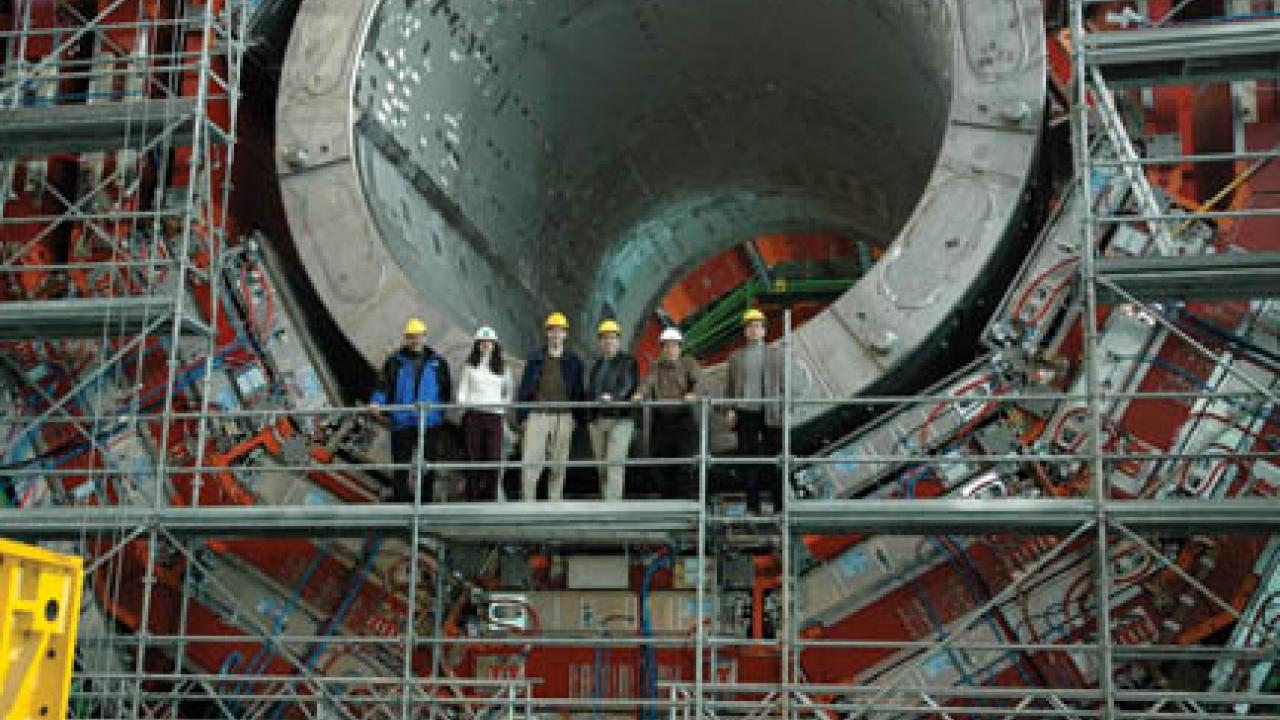Andy Fell, acting director of the UC Davis News Service, posted the following on the university's egghead research blog at 11:23 a.m. Sept. 10:
The first proton beam was successfully steered around the 17 miles of the Large Hadron Collider at CERN, Switzerland at 10:28 a.m. European Central Time today.
This is the first step in starting up the $8 billion machine, described as the largest science experiment ever. Eventually, the machine will run two proton beams in opposite directions, setting off collisions which spit out new particles. Researchers hope to find the long-predicted Higgs boson, which would complete the Standard Model of Particle Physics. Predicted in the 1960s, the Higgs particle allows other particles to have mass.
Apart from the Higgs boson, the collider should also bring confirmation of a theory called Supersymmetry or "suzy," which explains some other problems with the Standard Model. They may even find evidence of extra dimensions beyond the four we inhabit.
An estimated 10,000 scientists from around the world have worked on the project. The U.S. has contributed over $500 million to the project, and 1,700 scientists from 94 U.S. labs and universities have been involved.
At UC Davis, Professor Winston Ko, dean of mathematical and physical sciences, Professor Emeritus Richard Lander, professors John Conway, Mani Tripathi, Maxwell Chertok and David Pellett, and research physicists Richard Breedon, John Smith and Tim Cox have been closely involved with building the Compact Muon Solenoid, one of the giant particle detectors that is part of the Large Hadron Collider.
UC Davis has been part of the project from the beginning. In 1992, UC Davis was one of four U.S. institutions to sign a letter of intent for an international collaboration to build the Compact Muon Solenoid, with Breedon, Ko and Lander being the signatories.
Read egghead at blogs.ucdavis.edu/egghead.
---
For a slide show on the Large Hadron Collider, visit the UC Davis home page: www.ucdavis.edu.
Media Resources
Dave Jones, Dateline, 530-752-6556, dljones@ucdavis.edu
